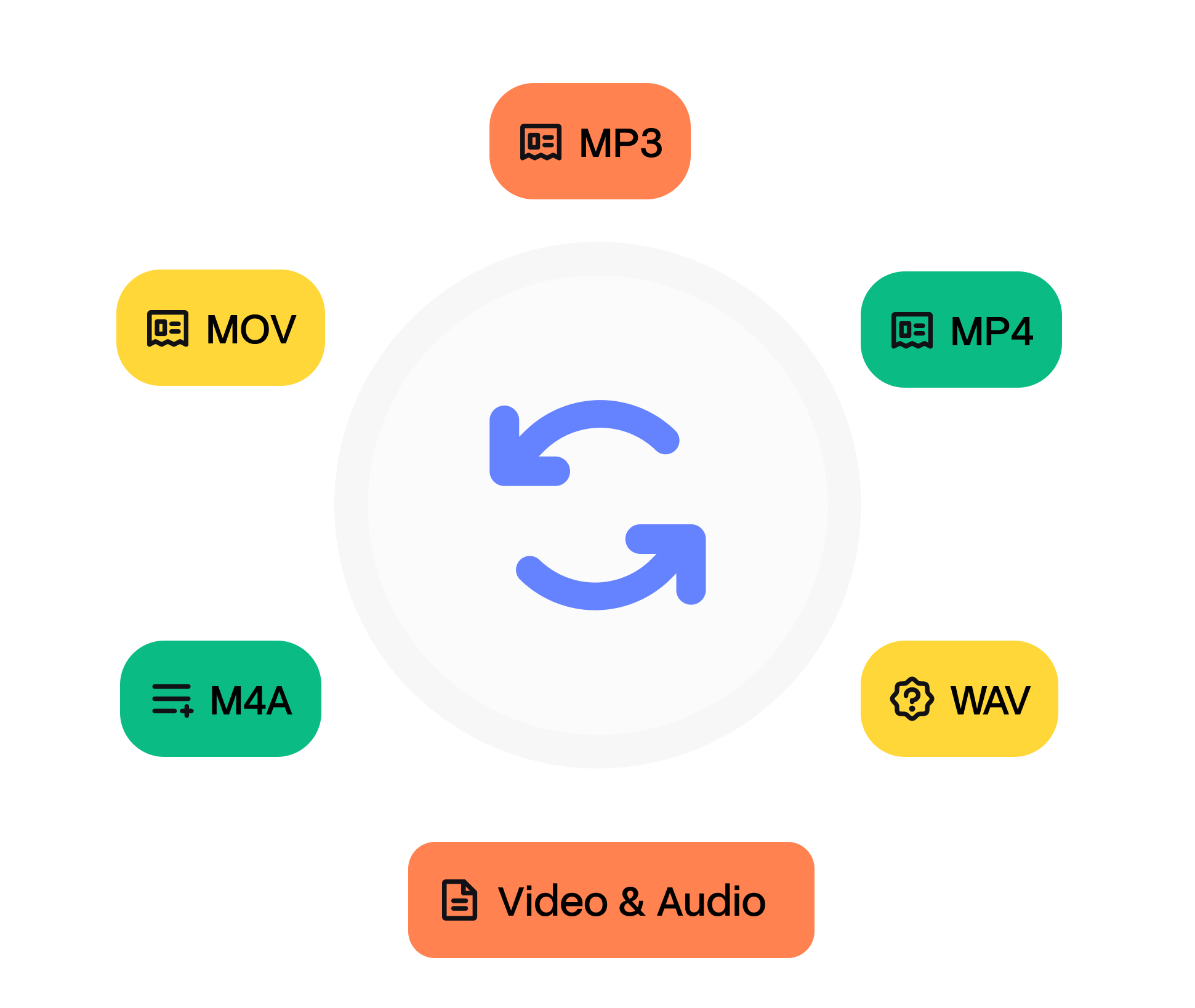1. Upload your MKV file
Start by dragging and dropping your MKV file into the upload area, or click to browse your device and select your file in the list.
Convert your MKV (.mkv) file to FLV (.flv) in seconds straight from your browser. No installs. No watermarks. 100 % free.
Convert from MKV to FLV but also 47+ other formats.
No signups, no fees, no hidden restrictions. Convert MKV to FLV directly in your browser for free.
We take your security seriously. All file transfers use 256-bit SSL encryption.
No installs needed; convert MKV to FLV right from your browser, on any device, anytime.
Start by dragging and dropping your MKV file into the upload area, or click to browse your device and select your file in the list.
Next, pick FLV as the format you’d like to convert your video into. Alternatively, we support +47 formats that you can choose from. When you’re ready, hit the Convert button.
Once the conversion is complete, you’ll get a download link right away. Just click to save the file to your device. It’s fast, easy, and doesn’t require any software installation.

Matroska Video (MKV) is a flexible open container that can accommodate virtually any codec, multiple subtitle tracks, and chapter points. It is built on EBML (Extensible Binary Meta Language), a binary cousin of XML, allowing unlimited, self‑describing elements. The project began in 2002 after developer Steve Lhomme forked the failed MCF container. With the explosion of H.264 ‘fansubs’, MKV became the default wrapper for anime communities, bundling soft‑subs and styled karaoke effects. In 2013 Matroska was standardised within the IETF as the basis for WebM, cementing its longevity.
Flash Video (FLV) is a container that encapsulates Sorenson Spark, VP6, or H.264 video together with MP3/AAC audio and on‑screen data events for ActionScript. It became the backbone of early YouTube and news portals because the small header footprint yields quick progressive playback. Macromedia introduced FLV in 2002 with Flash Player 6, offering the first ubiquitous plug‑in‑based video experience on the Web. After Adobe’s acquisition, FLV evolved to support H.264 in 2007 but began losing ground once HTML5 <video> gained traction. By the end of 2020, Adobe disabled Flash, and most CDNs convert FLV archives to MP4 or HLS.
Need to convert your audio file from MKV to FLV? It’s simple. Just upload your file, choose the output format, and click ‘Convert’. That’s it — no downloads, no complicated software, and no hidden costs. Our tool is designed to be fast, secure, and completely free, so you can turn your files into the format you need in seconds.
Whether you’re converting audio for sharing, editing, or playback on different devices, our converter ensures high-quality output every time. After your conversion, you’ll also have the option to transcribe video to text, making it easy to turn your FLV files into accurate, editable text in just a few clicks.
VLC, MPV, and Kodi handle MKV flawlessly on every OS. Editing suites such as DaVinci Resolve import common codecs like H.264 or ProRes within MKV, but for delivery you may still export MP4. MKVToolNix lets you split, merge, and tag tracks without re‑encoding.
Desktop apps like VLC or MPC‑HC open FLV seamlessly. If you encounter a Spark‑encoded clip, convert using FFmpeg: `ffmpeg ‑i input.flv ‑c:v h264 output.mp4`. Web players no longer stream FLV, so upload sites recommend remuxing to MP4 or WebM.
Other tools